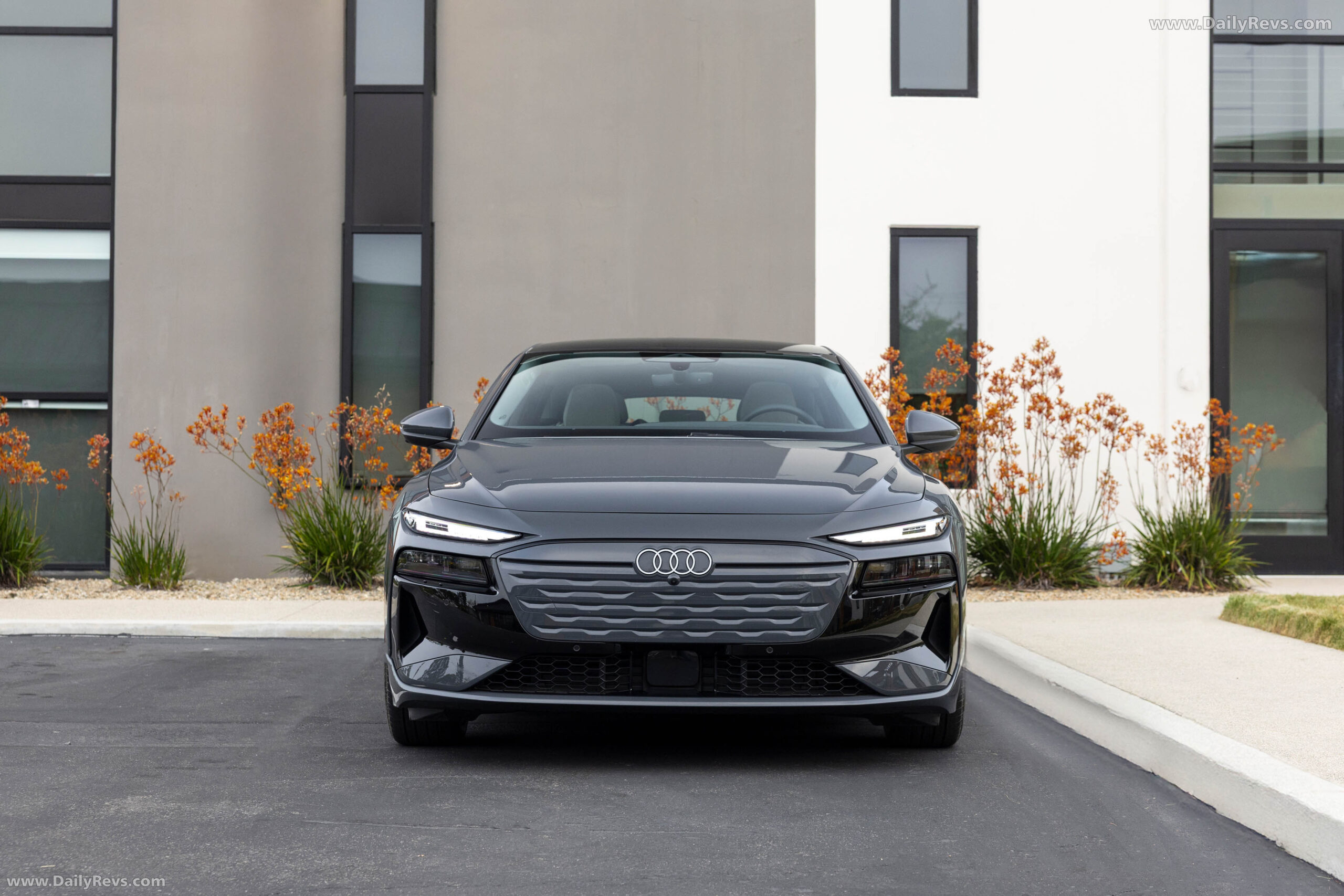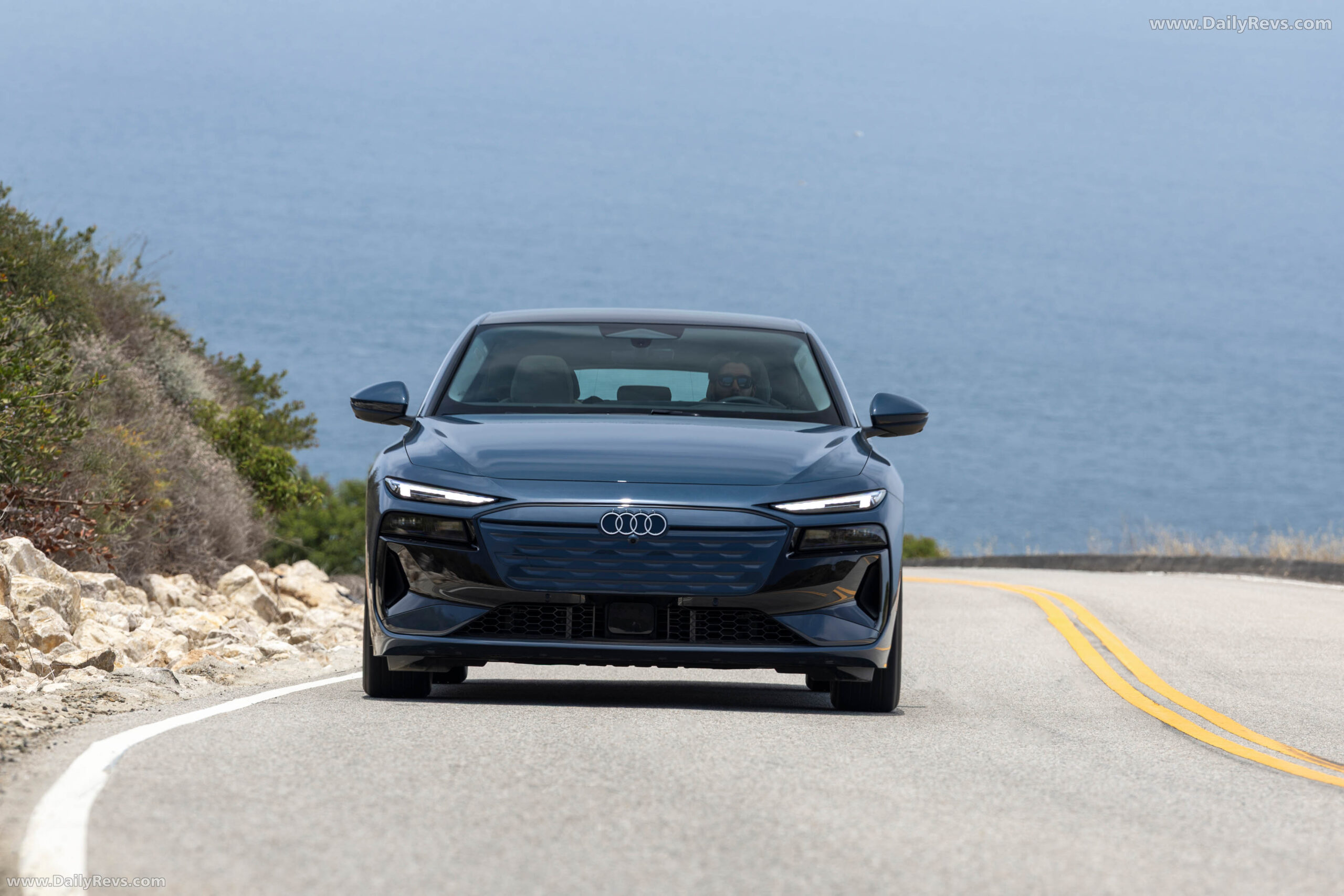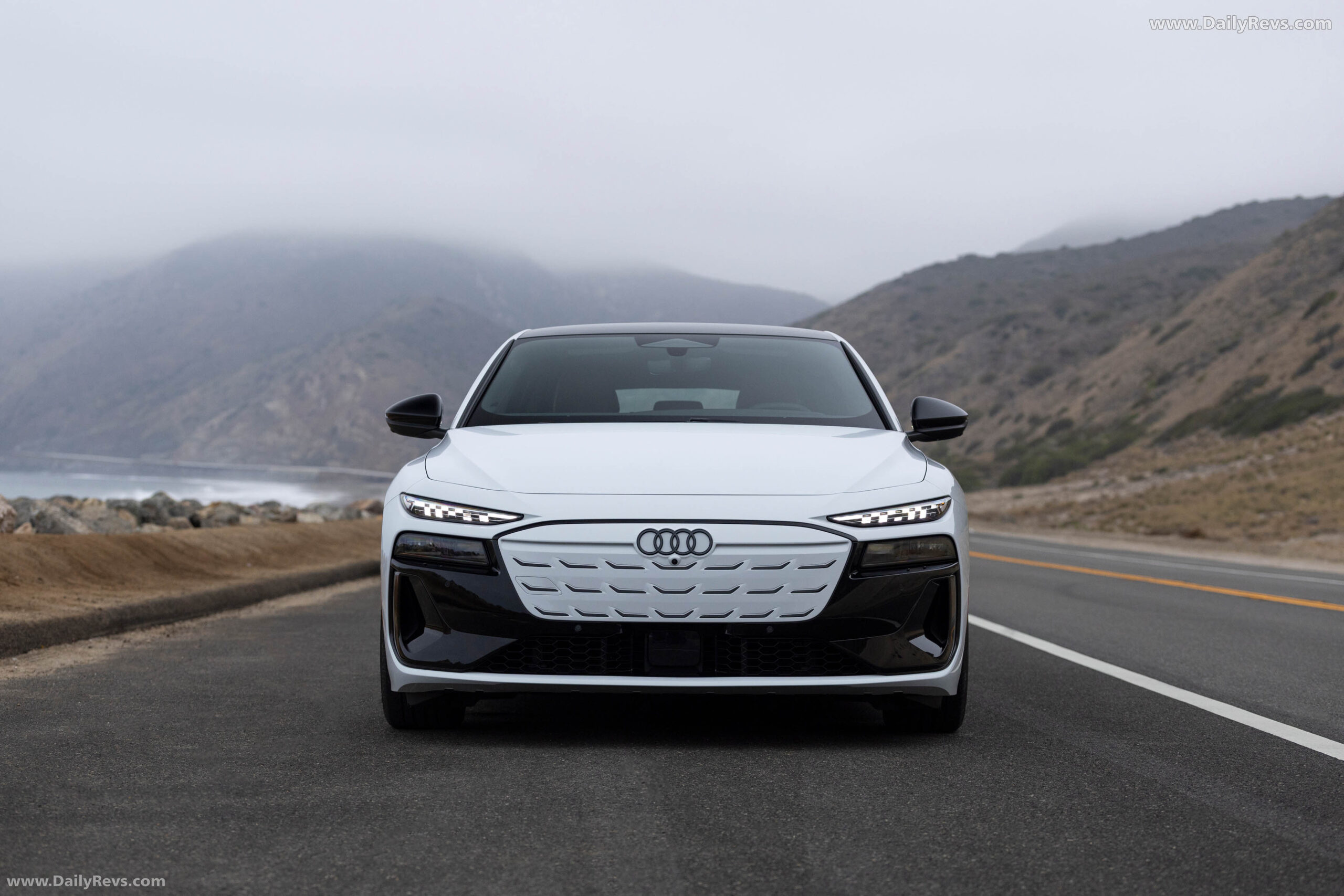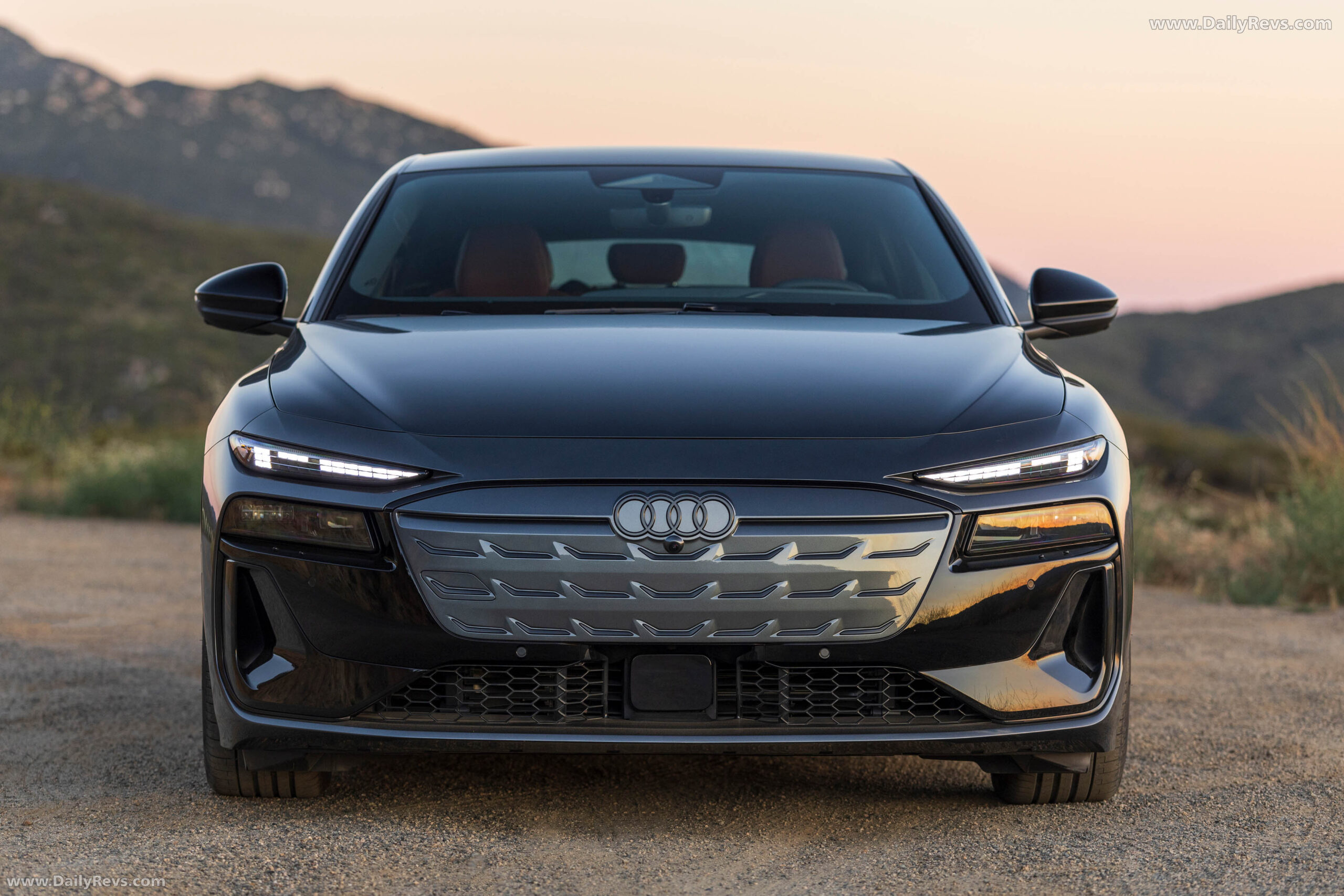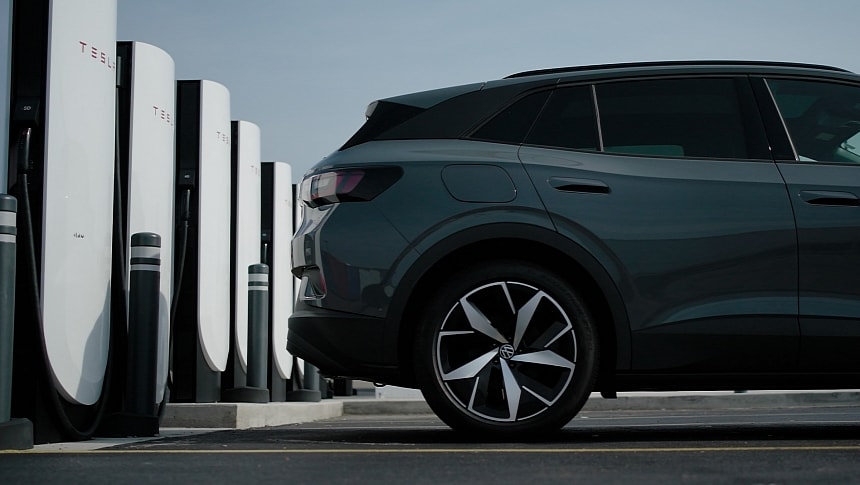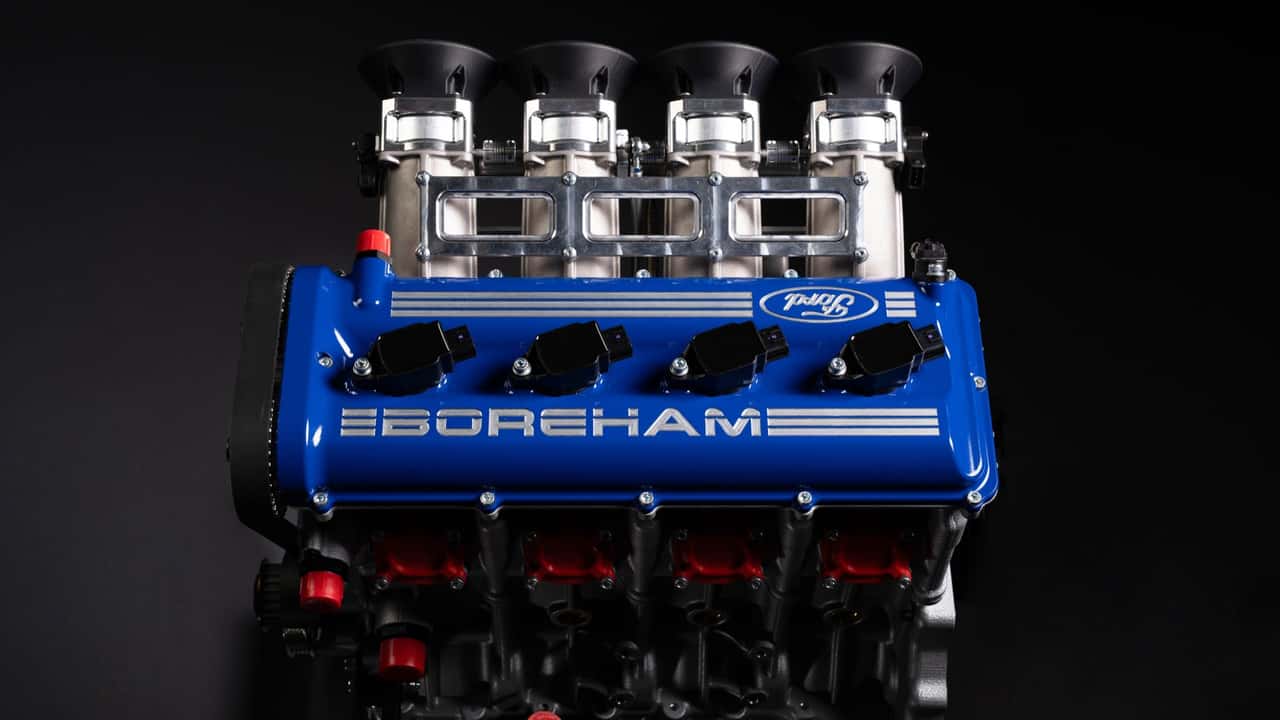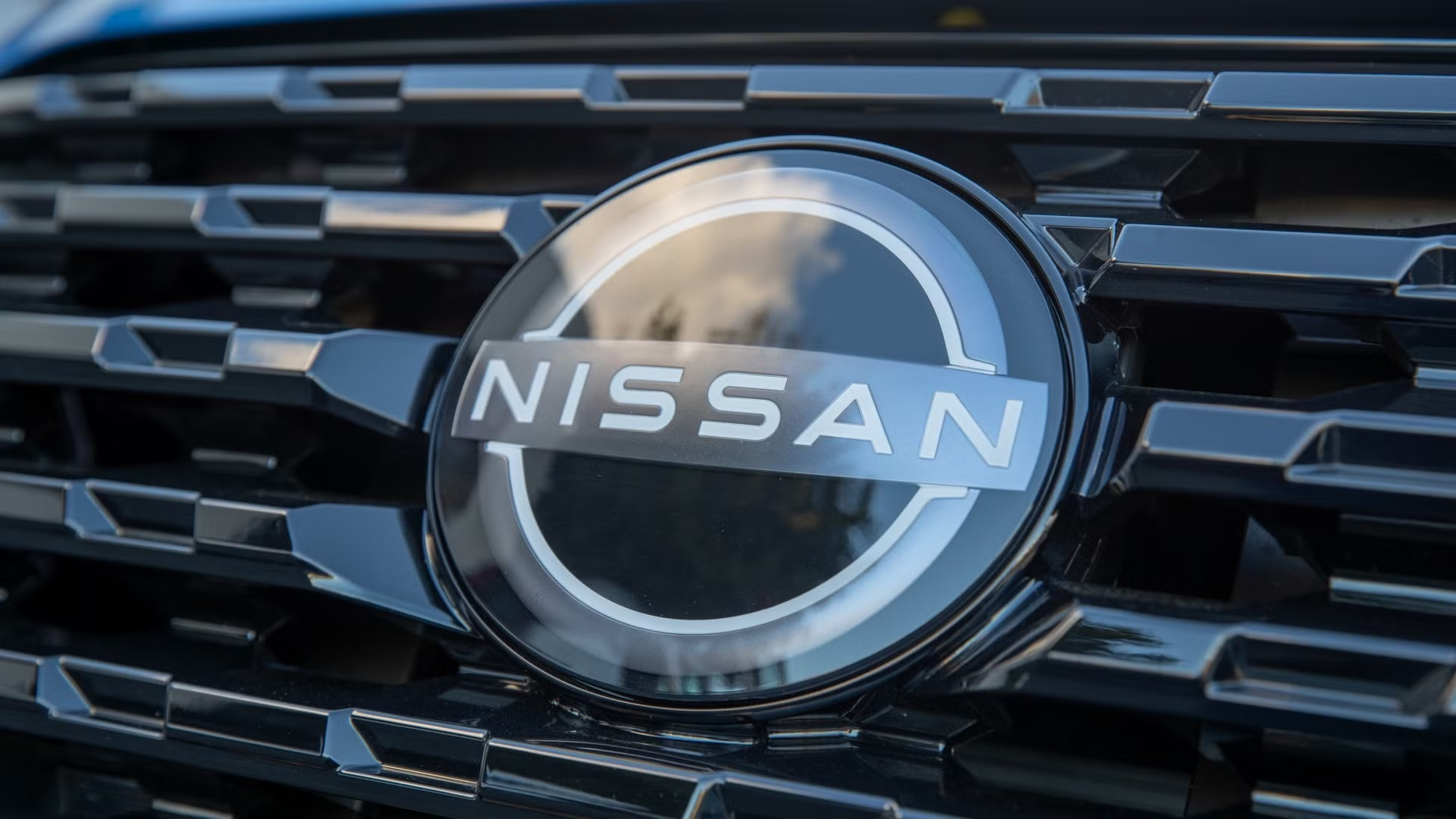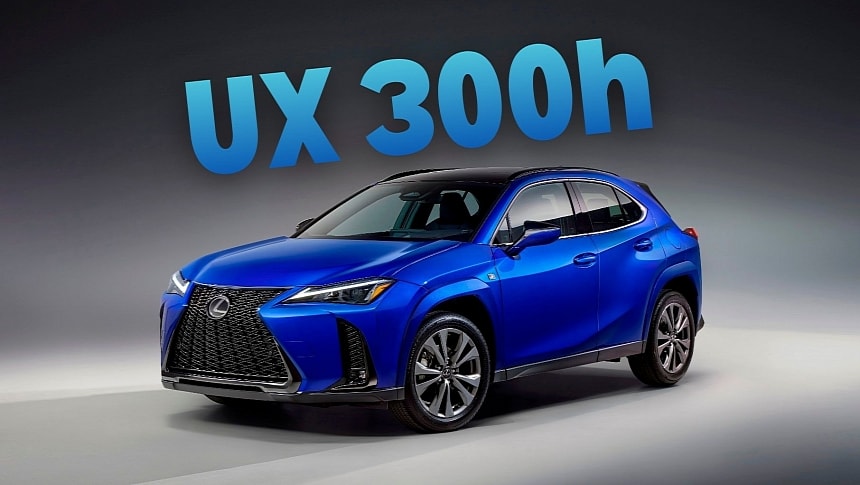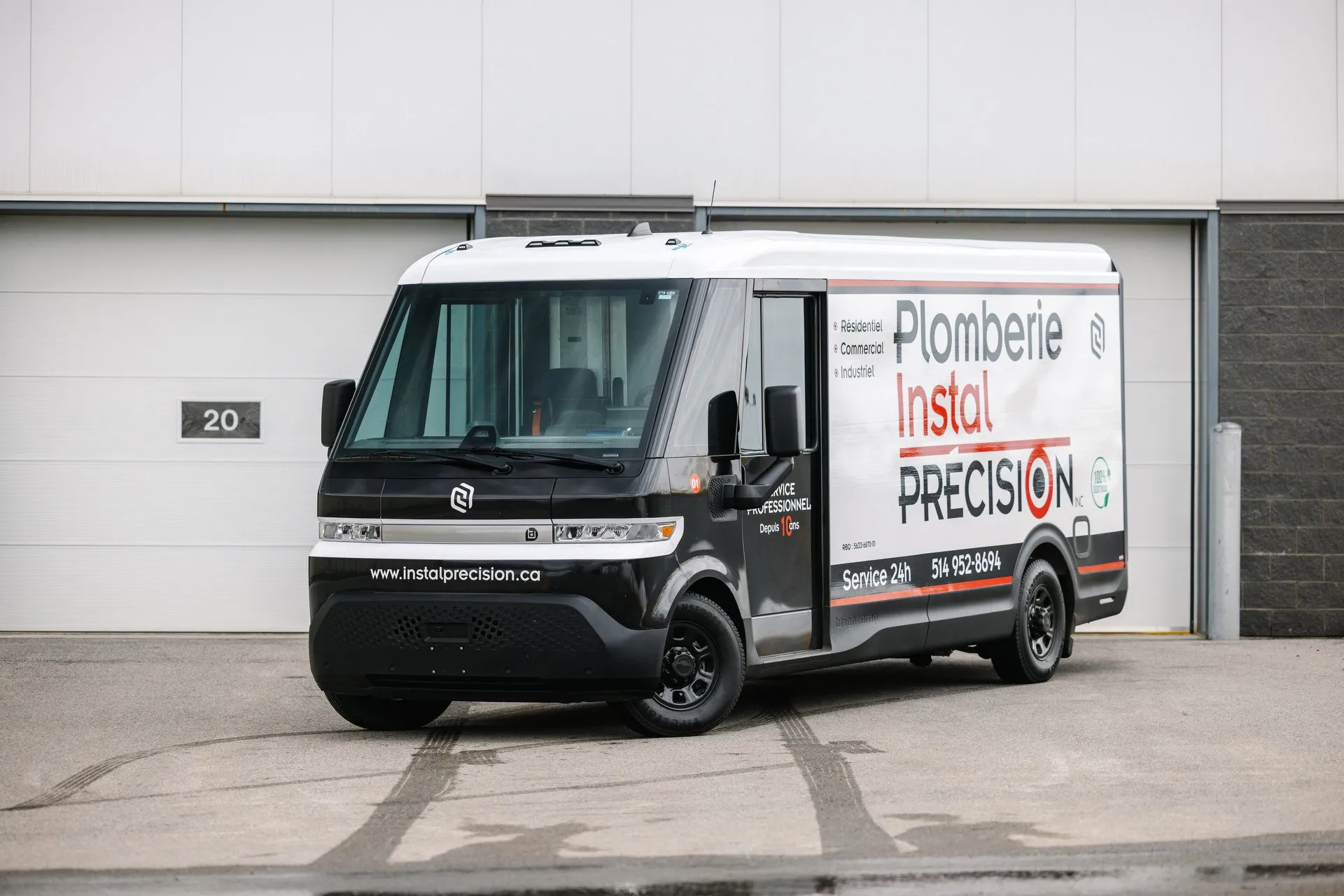Klaus Zellmer on the difficulties of securing the brand’s future while honouring its past
The boss’s people are worrying that the library in Loucen Castle looks too stuffy for a company whose design language is as modern as Skoda’s.
But it’s a wonderfully atmospheric old room and the acoustic is lovely. And given I’m recording my talk with Skoda’s CEO Klaus Zellmer, into the library’s comfortable armchairs we settle.
It’s almost a given that big company CEOs are straight-talkers, but Zellmer brings a warm approachability, too. Maybe it’s the brown corduroy suit and wing-backed chair combo, or the incongruity of a castle tour going on just outside the door-a party of pensioners ascend the stairs with hushed voices and wearing soft over-slippers. We’re a mere half hour from Skoda’s vast industrial complex in Mladá Boleslav, but with an open fire, wood panelling and a legion of hardback books, that all feels a world away. Skoda’s oldest cars would look totally in place around here. One is outside, in fact. It’s a good place to talk heritage.
One hundred and thirty years, then, Klaus? “It puts us in the top three most historic car brands in the world,” acknowledges Zellmer. “The only two above us would be Peugeot and Daimler-Benz. The legacy is really important, whenever you look at the product line-up. Whenever I go into the museum, or we call it the vault-which is where we store cars that are not perfectly restored or are yet to be restored – there’s nothing that Skoda has not done yet, be it a pick-up truck, be it convertibles, be it air-cooled engines, all the motorcycles. There’s such rich heritage you can discover wandering around the museum and the back offices and archives. And of course this is an obligation for us as the management to make sure that Skoda has a future for another 130 years.”
Skoda goes into the next century and a bit in pretty good health. Zellmer, previous stints at Porsche and within the Volkswagen Group plus studying in Swansea behind him, has overseen a continued uptick in the company’s fortunes since being appointed CEO in 2022. Skoda is now the third-best-selling brand in Europe.
“Coming from 2022 when we were 10th [in Europe , this is a long way,” he explains. “As you know we had to give up on Russia, which was a very important market for us, so we needed to compensate for that. So our focus outside lies on India and the ASEAN region [the 11 member states of the Association of Southeast Asian Nations], while China is actually not on our top list any more in activities and investment. So despite that, being number three in Europe is something we can be proud of .”
In 2023 Skoda was given the responsibility for managing the VW Group’s sales in ASEAN countries, and it doubled its sales in India last year, for which it designs cars and builds them there. And yet in Europe, too, its sales are increasing. The UK is its third-biggest global market: it sold 78,000 cars here last year.
Skoda will make around one million cars this year, but while it’s one thing to sell a lot of them, it’s another to turn a profit. Multiple firms, especially those in the budget or mainstream area, have found themselves making cars but no money. Skoda returns 8% operating profits and isn’t ashamed to say it. How is it possible?
Zellmer says: “To start with, we are producing most of our cars in the Czech Republic, where factor costs are lower: personnel costs, costs of energy. And we have less bureaucracy, which is something that burdens other parts of Europe massively. The Czech Republic remains outside the eurozone, and while Skoda’s factory employees are among the best-paid manual workers in that country, it remains an affordable place to be.”
“So we benefit from that, but that’s just one side of it,” he continues. “The other side is that we of course have an efficiency programme where we lift a cost efficiency of €1 billion [£881 million] every year, in a running system. When I talk to my colleagues, I always talk about a sports team that has won a title, with 8%, and successful sports teams want to defend a championship. What do they do? They train harder, and that’s what Skoda has embedded into the culture.”
Still, Skoda is not a luxury car manufacturer, and some of those don’t return these kinds of profits. Skoda is no longer a maker of ‘cheap’ cars, but if it were a UK consumer, perhaps we would refer to it as ‘the squeezed middle’. That it continues to be a tremendous success in the face of new budget entrants, particularly Chinese ones, is particularly impressive.
“Some of those brands might stay, some of them not,” says Zellmer. “As a brand that has been around for 130 years, we are not on everybody’s shopping list, but the awareness is there, and that is a starting point It’s relevant. New entrants need to make up for not having a legacy; they have to prove they’re here to stay, and that’s something you connect with Skoda: we’re here to stay, we’re here to connect with our customers, we are here to consult with our customers, to help if something goes wrong, to help if they have questions.”
A personal touch? From a £25 billion company? Zellmer says it like he means it, and the company does routinely score highly in customer satisfaction surveys. “Very recently I missed my connecting flight to Prague,” says Zellmer, with some exasperation, “and I had to talk to machines, trying to find out how I’m going to arrive where I need to be. It’s wonderful to have human beings who will take you seriously and put some effort behind it, and this is where we are with the Skoda dealer network. It’s human beings helping human beings, and this is an important part of the Skoda brand.”
I like the phrase ‘the dealer network’. Where so many companies talk ‘outlets’, ‘centres’ or some other synonym to make things sound less transactional, there’s a straightforwardness to the notion of a dealer network: it implies people talking to customers. Maybe it’s a cliché, but when Zellmer says “we always put our customers in the forefront”, it feels genuine. “Our portfolio needs to be wide for an audience that wants to be responsible for their own decisions,” he says. “We are not the ones that in an almost ideological way talk about battery-electric vehicles; we just build really good ones, and if consumers like them, they buy them.”
While Skoda doesn’t have individual models offered in both battery-electric and combustion-engined form, combustion and electric cars roll down the same production lines as each other, so the company retains a lot of flexibility in how many of each are made. The short of it is that, while Skoda’s EVs are doing well, EVs in general are not selling as quickly as some companies hoped or, notably, legislators wanted.
“It is an evolution,” says Zellmer. “We respect customers’ preferences and cater for customer preferences, not an ideology. Of course we need to stay CO2 – it’s a regulation we will adhere to, and we are on a good trajectory to meet CO2 compliance in the EU.
But he adds: “When in 2019 the forecasts were fixed on what the trajectory to a CO2 neutral automotive industry had to be, I think we were too ambitious. I hear a lot about the responsibility being on car manufacturers. However, at the end of the day consumers make their choices, so if you look at the trajectory we have achieved so far, to stay with 2035 as the stop for ICE technology in new cars, it’s probably over-ambitious. And if you see something you have got wrong in your forecast then you have to correct it, and this is what we ask for as a car industry, and as VW Group. We need to revisit assumptions about when an end to combustion technology in new cars is still reachable .” Zellmer isn’t the first car boss to say this, but when the company is this successful it carries more weight.
Also on the future, there is a subject close to the heart, one suspects, of the UK reader and enthusiast: the estate car. Skoda is an SUV/crossover builder as much as the next car maker, but still, it has form. “We have had many people asking us about the future of the sedan, limousine, combi [estate] segment,” says Zellmer, “especially from the UK.
“This is a situation that is very specific for Skoda, because since 2016, despite the fact that the typical limousine/estate/sedan-shaped cars are actually on a downward trend [many car makers have ditched their large estates , we are on an upward trend with Octavia, especially combis, and the Superb combi. Actually since the most recent generation, we have sold over three million Octavia combis and over 600,000 Superb combis. We are the most relevant player in the segment, and these cars make up 20% of our overall sales volume.”
Skoda most recently made headlines with the Vision O concept estate car. “That’s clearly an evolutionary step of our Modern Solid design language, a car that is clearly identifiable with that kind of segment,” says Zellmer. But its path to production won’t be straightforward.
“We have a challenge there, because the typical range of combi drivers, mostly commercially engaged with these cars, is 30,000-40,000km a year,” he explains. “So with the Vision O we have got to go onto the platform after the MEB platform, and that new platform will then of course offer electrified drivetrains, which could be purely electrified, but they could also be any other shape or form: PHEV, range extender or whatever.
“We’re going to keep that platform open for long-range driving. Yes, battery charging times they will go down, but for the foreseeable future they will not be where you are able to refuel your car at the petrol station in a matter of two, three or four minutes. So we need to put emphasis on the fact that people require a long range with those cars, and that’s why we’re looking at the beginning of the 2030s for the Vision O to be on sale.”
The car, then, will come. “We own that segment,” notes Zellmer. And if Skoda carries on listening to its customers like it has been doing recently, it will keep making what they want for the next 130 years.
